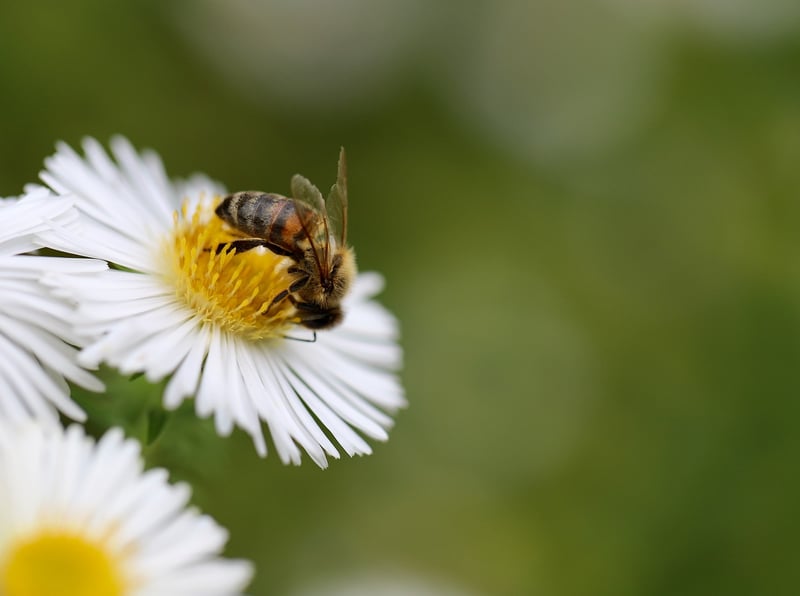Plant and animal interactions
Exploring Flora in the Animal Kingdom and Plant-Animal Interactions
Flora in the Animal Kingdom
While we often associate plants with the flora kingdom and animals with the animal kingdom, there are fascinating intersections where these two worlds merge. Several animal species have developed unique adaptations to interact with plants, forming essential relationships in various ecosystems.
1. Pollination
Pollination is a crucial process that sustains plant life, and many animals play a vital role in this mechanism. Bees, butterflies, birds, and bats are common pollinators that help transfer pollen between flowers, enabling plants to reproduce and produce fruits and seeds.

2. Seed Dispersal
Animals aid in seed dispersal by consuming fruits and seeds and then excreting them in different locations. This process helps plants colonize new areas and ensures genetic diversity. Birds, mammals, and even ants are examples of seed dispersers in the animal kingdom.

Plant and Animal Interactions
Plants and animals have co-evolved intricate relationships over millions of years, leading to diverse interactions that benefit both parties. Let's delve into some common plant-animal interactions:
1. Mutualism
Mutualistic relationships involve both plants and animals benefiting from their interaction. An excellent example is the relationship between flowering plants and bees: plants provide nectar as a food source, while bees aid in pollination, ensuring the plants' reproduction.
2. Herbivory
Herbivory is the consumption of plant material by animals. While this interaction may seem one-sided, it plays a crucial role in shaping plant defenses and animal behavior. Some plants have evolved toxins or thorns to deter herbivores, while animals have developed strategies to overcome these defenses.
3. Parasitism
Parasitic relationships involve one organism (the parasite) benefiting at the expense of another (the host). In the plant kingdom, parasitic plants like mistletoe obtain nutrients from their host plants, weakening them. This interaction can impact both plant populations and ecosystems.
Exploring the dynamic interactions between plants and animals offers a deeper understanding of the interconnectedness of life on Earth. From pollination to seed dispersal, these relationships shape ecosystems and contribute to the biodiversity we see today.
Remember to appreciate the intricate dance between flora and fauna the next time you venture into nature!
